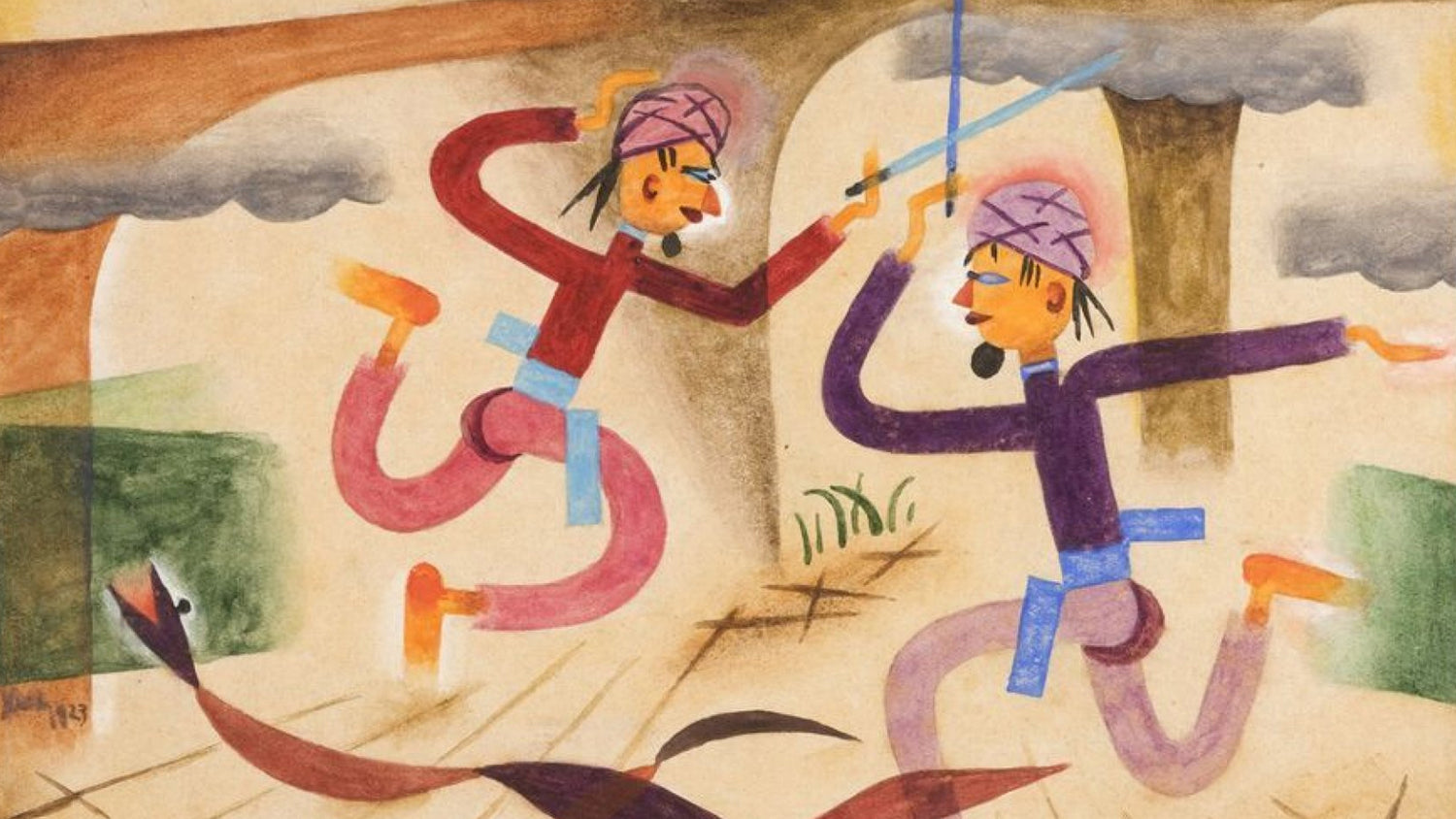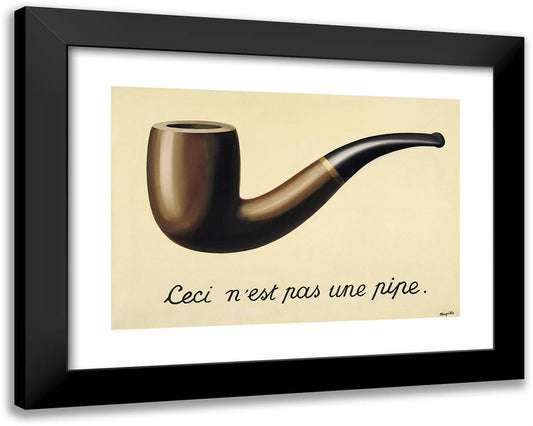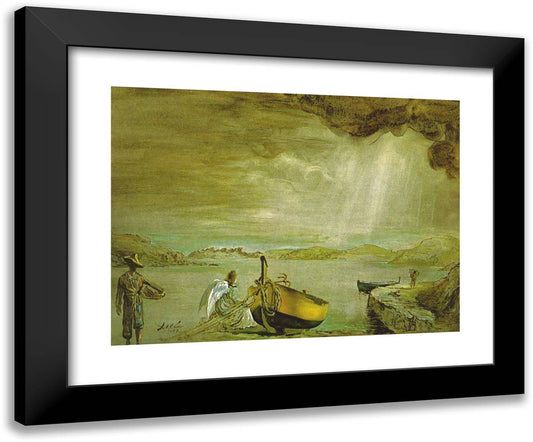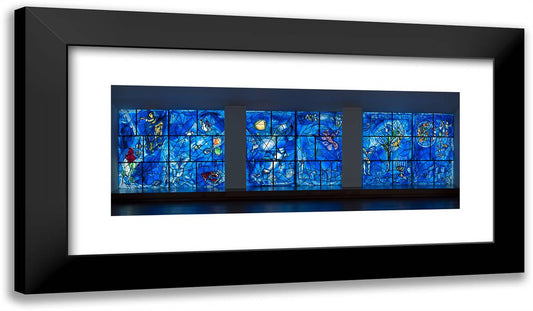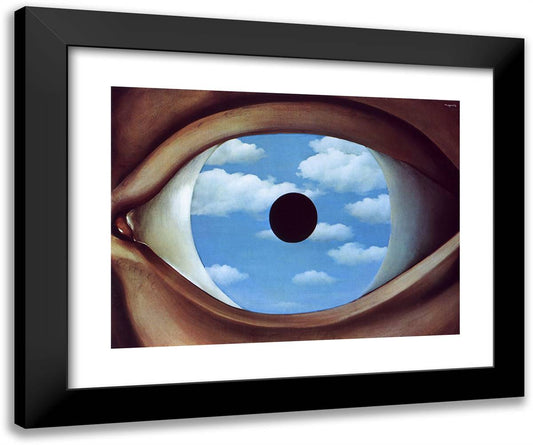Top Surrealism Artists
-
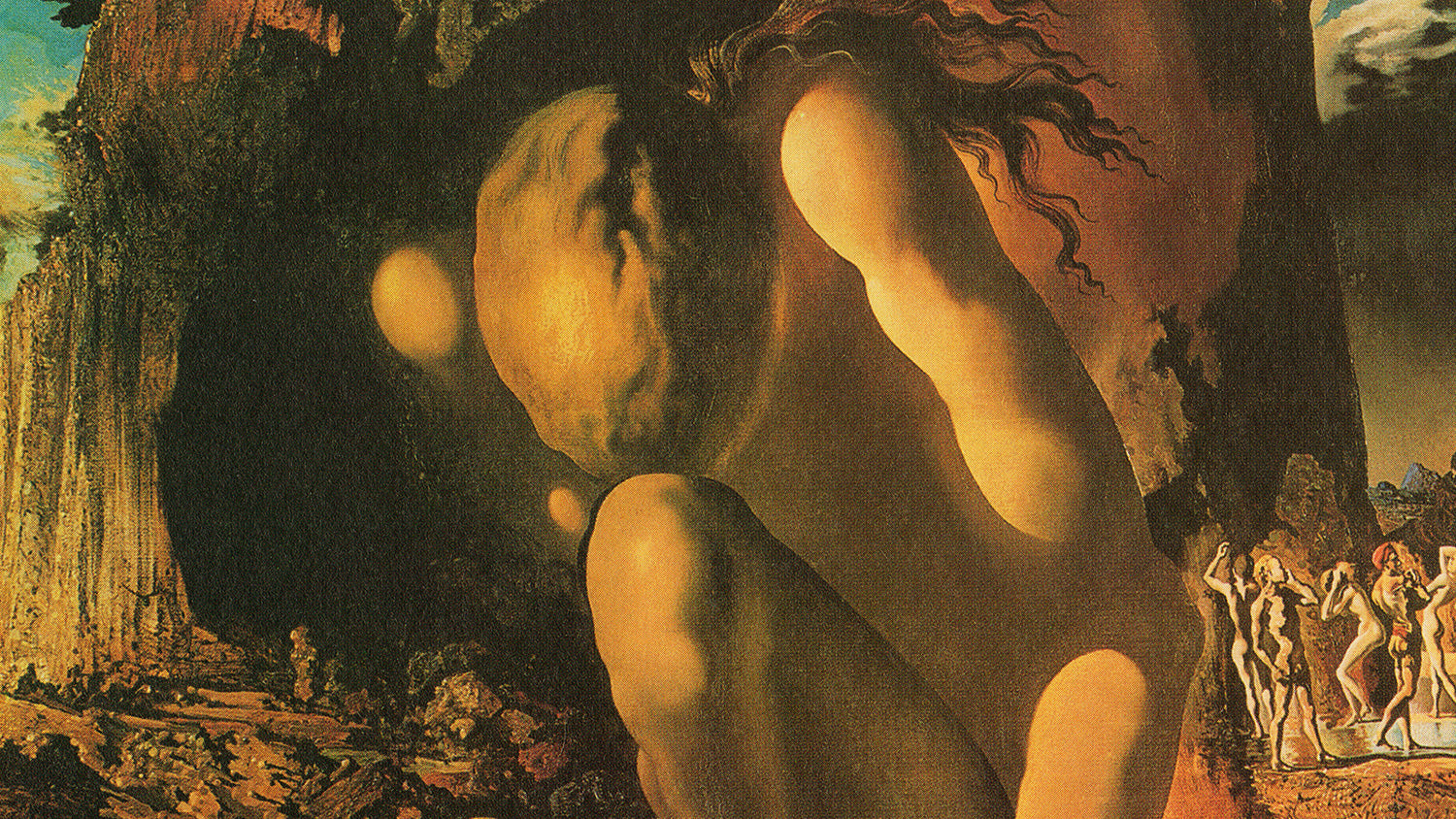
Salvador Dali
Salvador Dalí, born in 1904 in Figueres, Spain, was one of the...
-

Marcel Duchamp
Marcel Duchamp, born in 1887 in Blainville-Crevon, France, was a visionary artist...
-
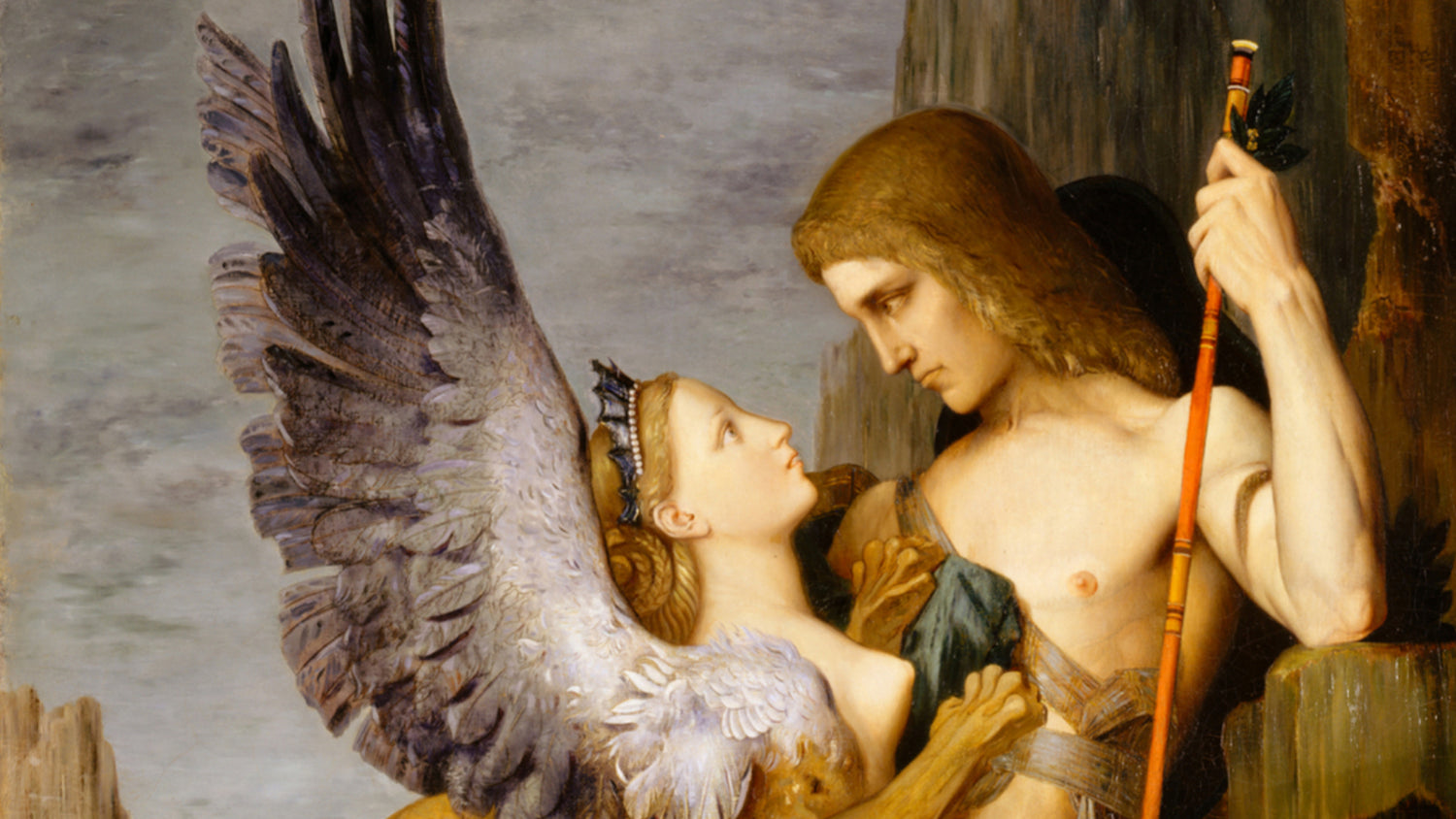
Gustave Moreau
Gustave Moreau (1826-1898) was a French Symbolist painter who is known for...
-

Jacek Malczewski
Jacek Malczewski (1854-1929) was a Polish painter who played a significant role...
-
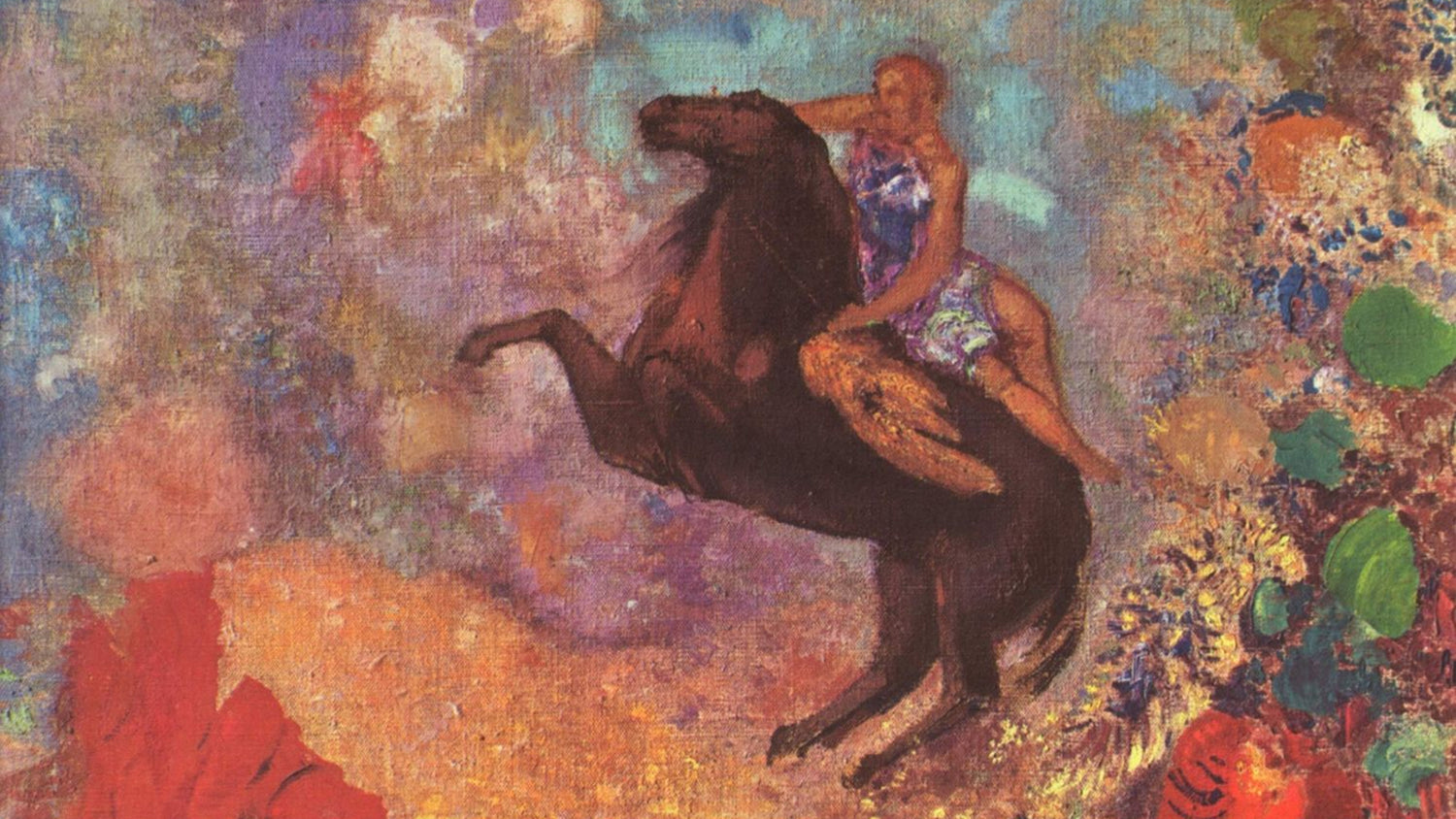
Odilon Redon
Odilon Redon (1840-1916) was a French artist known for his striking and...
-
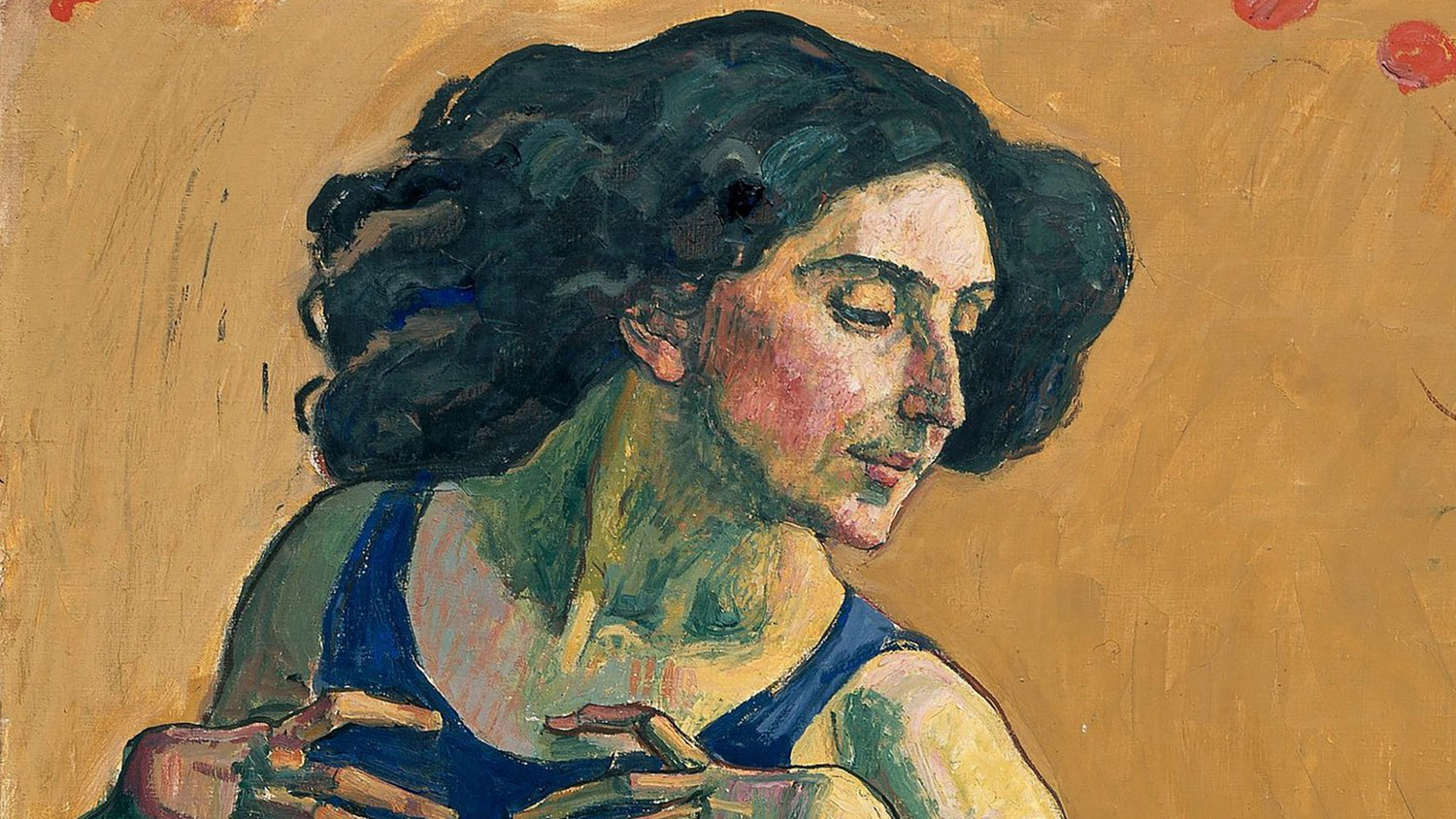
Ferdinand Hodler
Ferdinand Hodler (1853-1918) was a Swiss painter known for his bold and...
-

Felicien Rops
Félicien Rops was a Belgian artist and printmaker known for his dark...
-
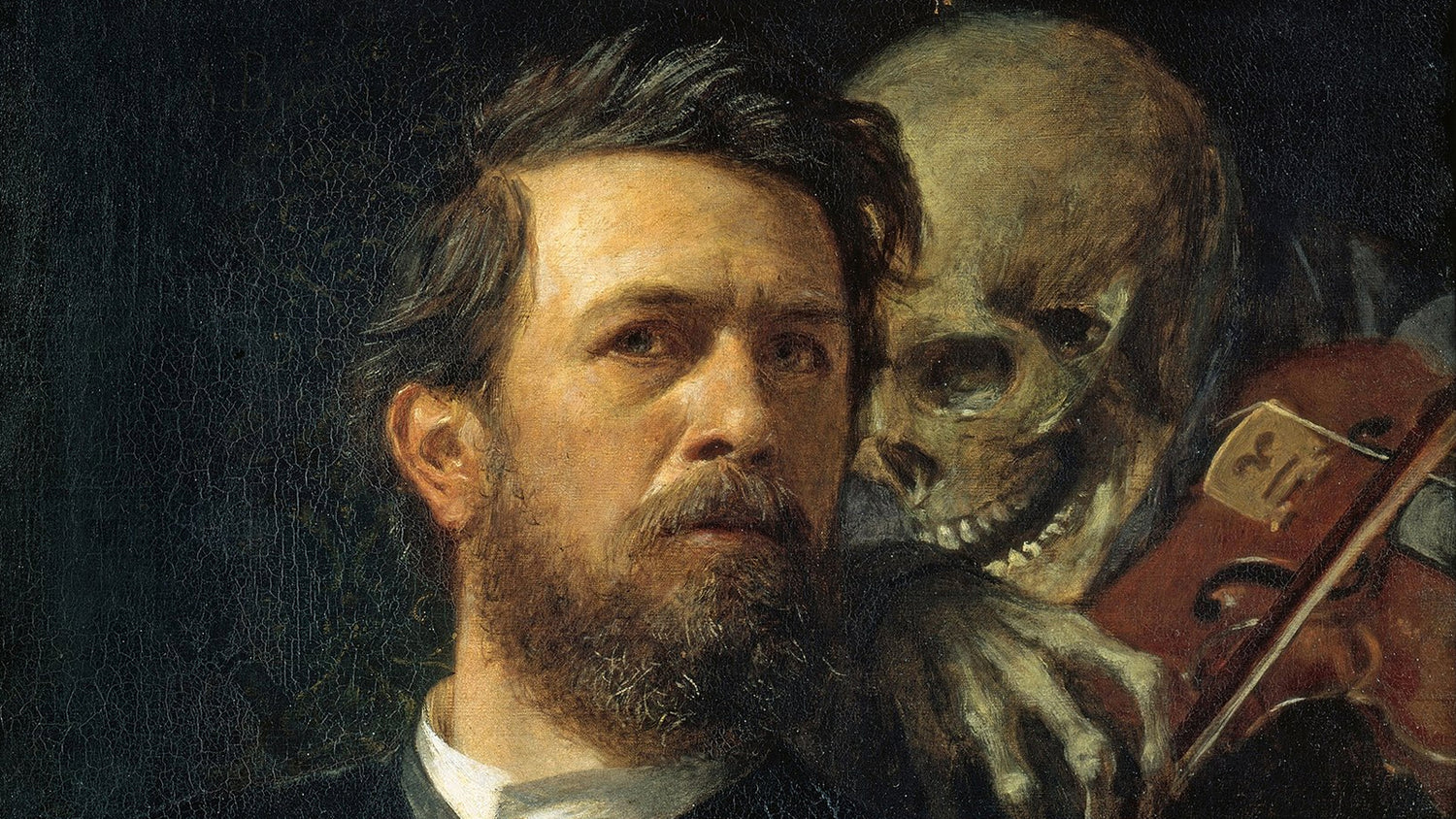
Arnold Bocklin
Arnold Böcklin (1827-1901) was a Swiss symbolist painter known for his dark...
-
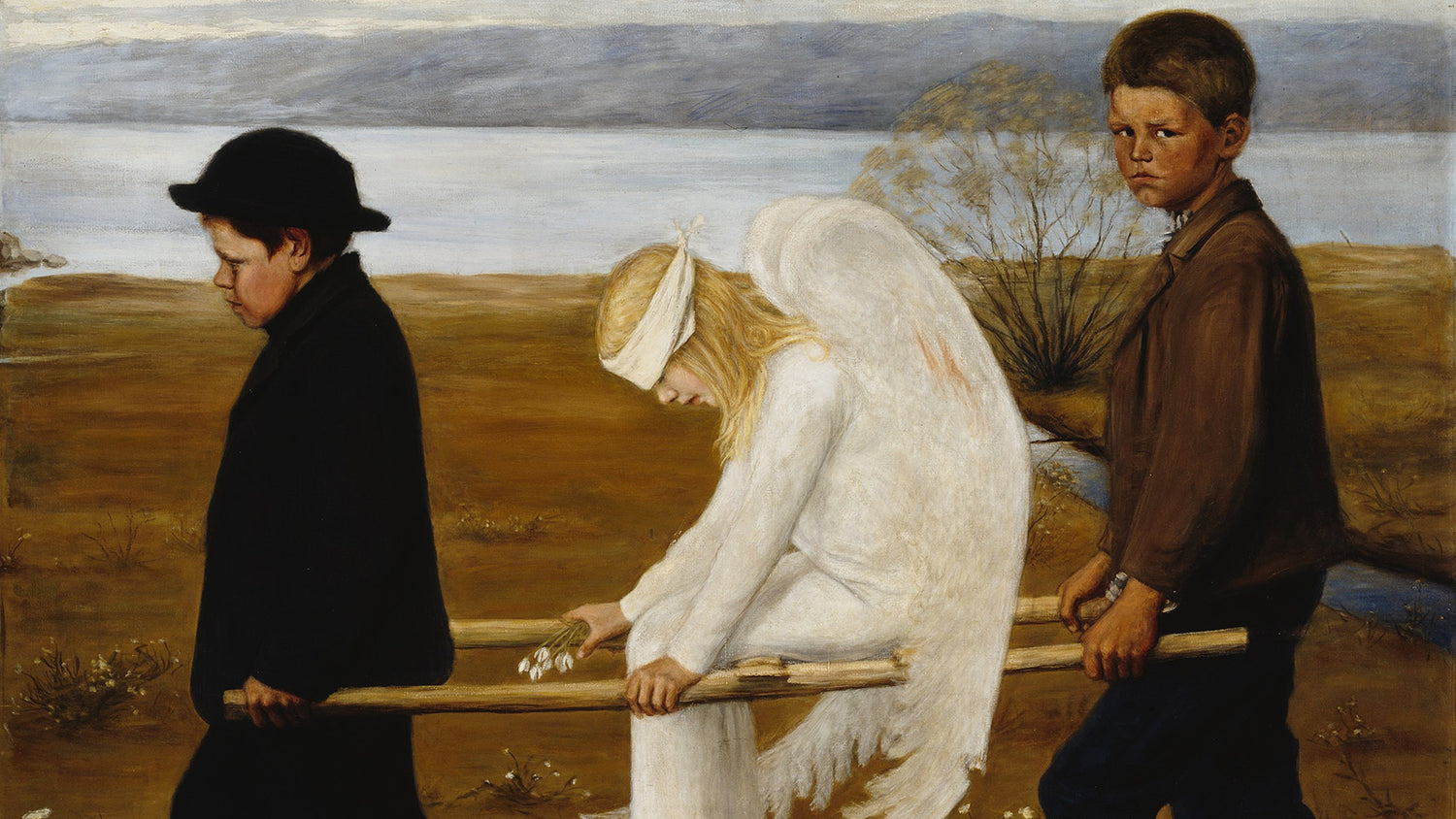
Hugo Simberg
Hugo Simberg (1873-1917) was a Finnish symbolist painter and graphic artist. He...
-

Jan Toorop
Jan Toorop (1858-1928) was a Dutch painter and graphic artist who played...
-
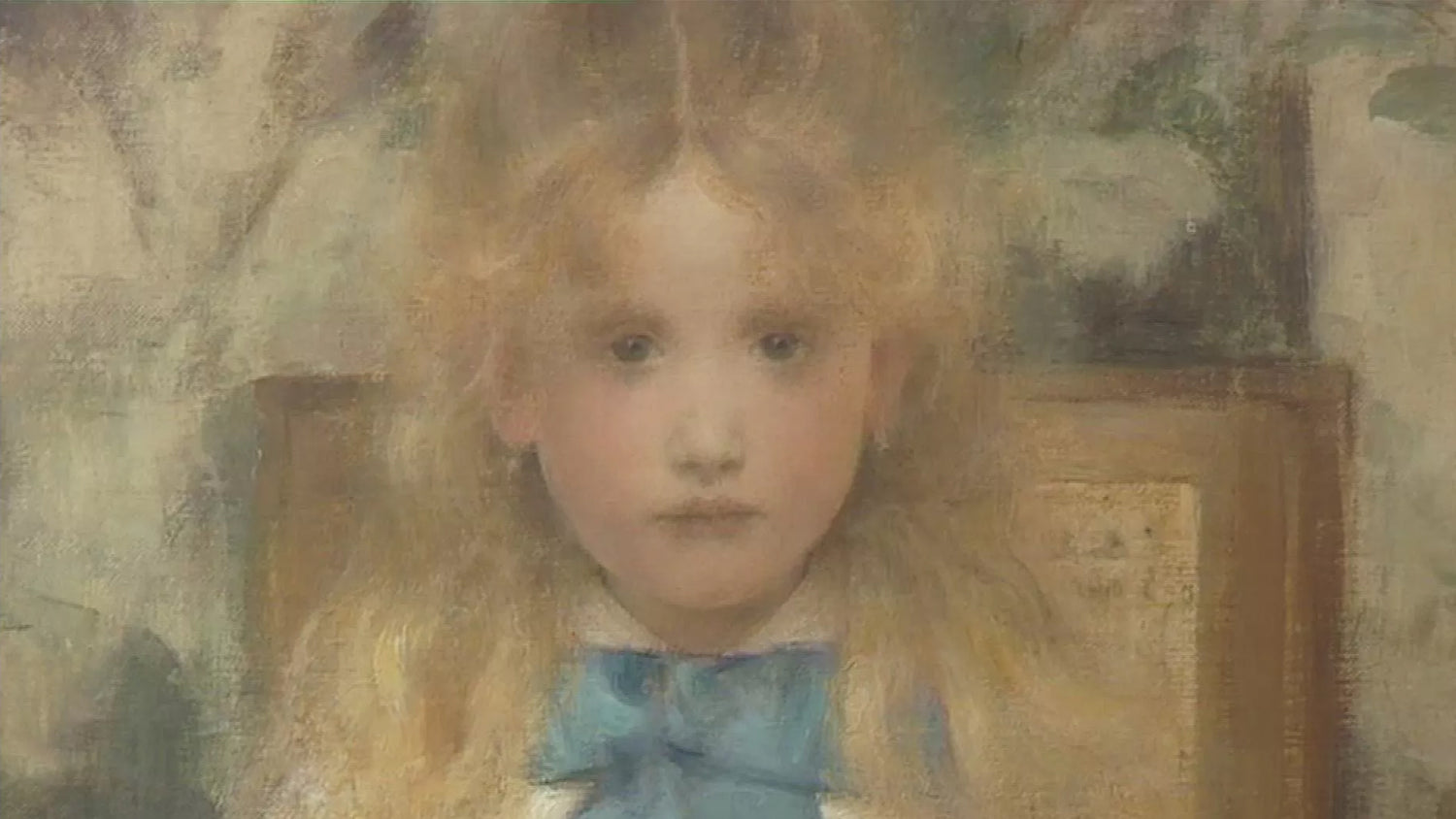
Fernand Khnopff
Fernand Khnopff was a Belgian Symbolist painter and sculptor born in Bruges...
-
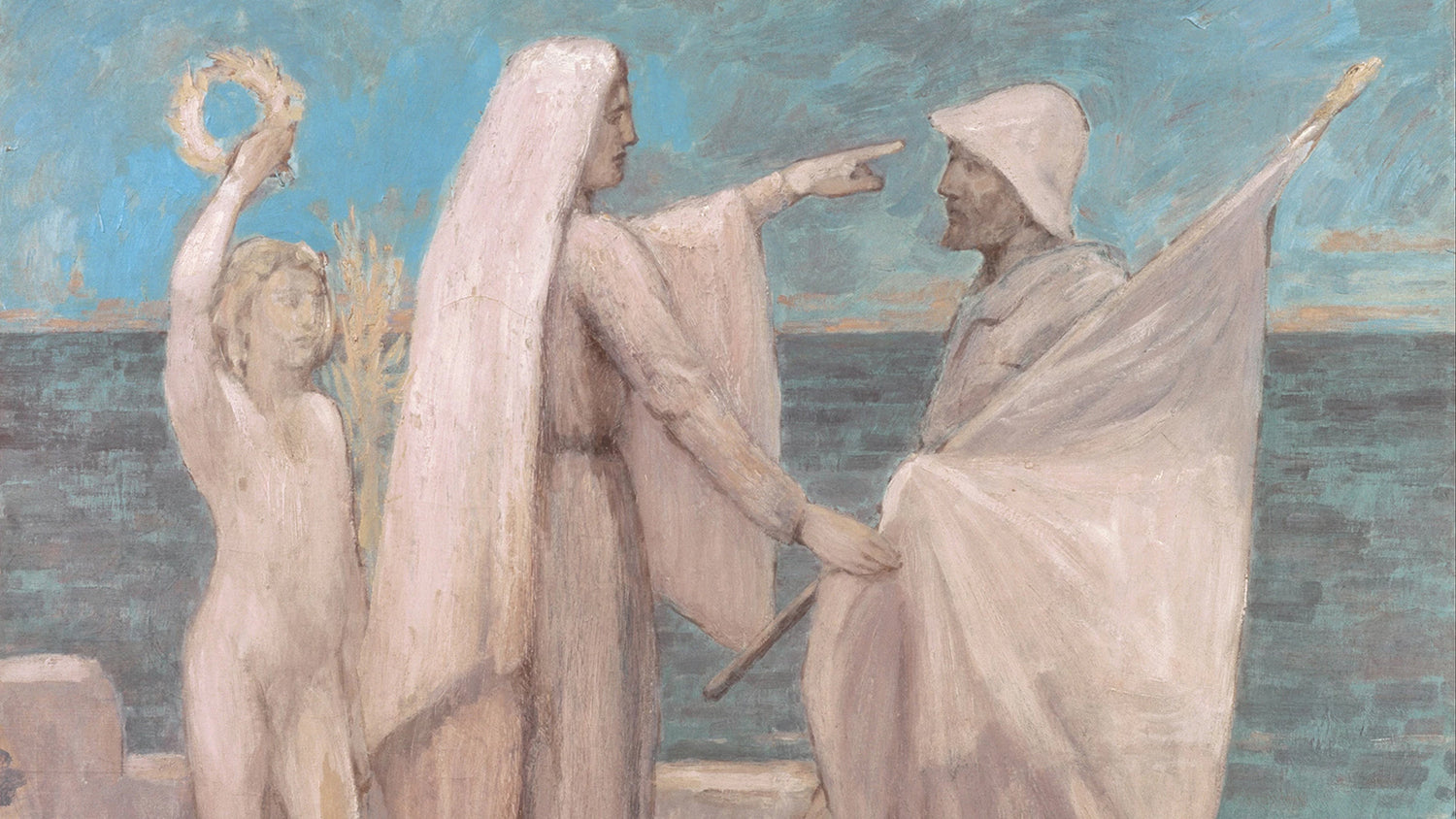
Pierre Puvis de Chavannes
Pierre Puvis de Chavannes (1824-1898) was a French painter who became famous...
-
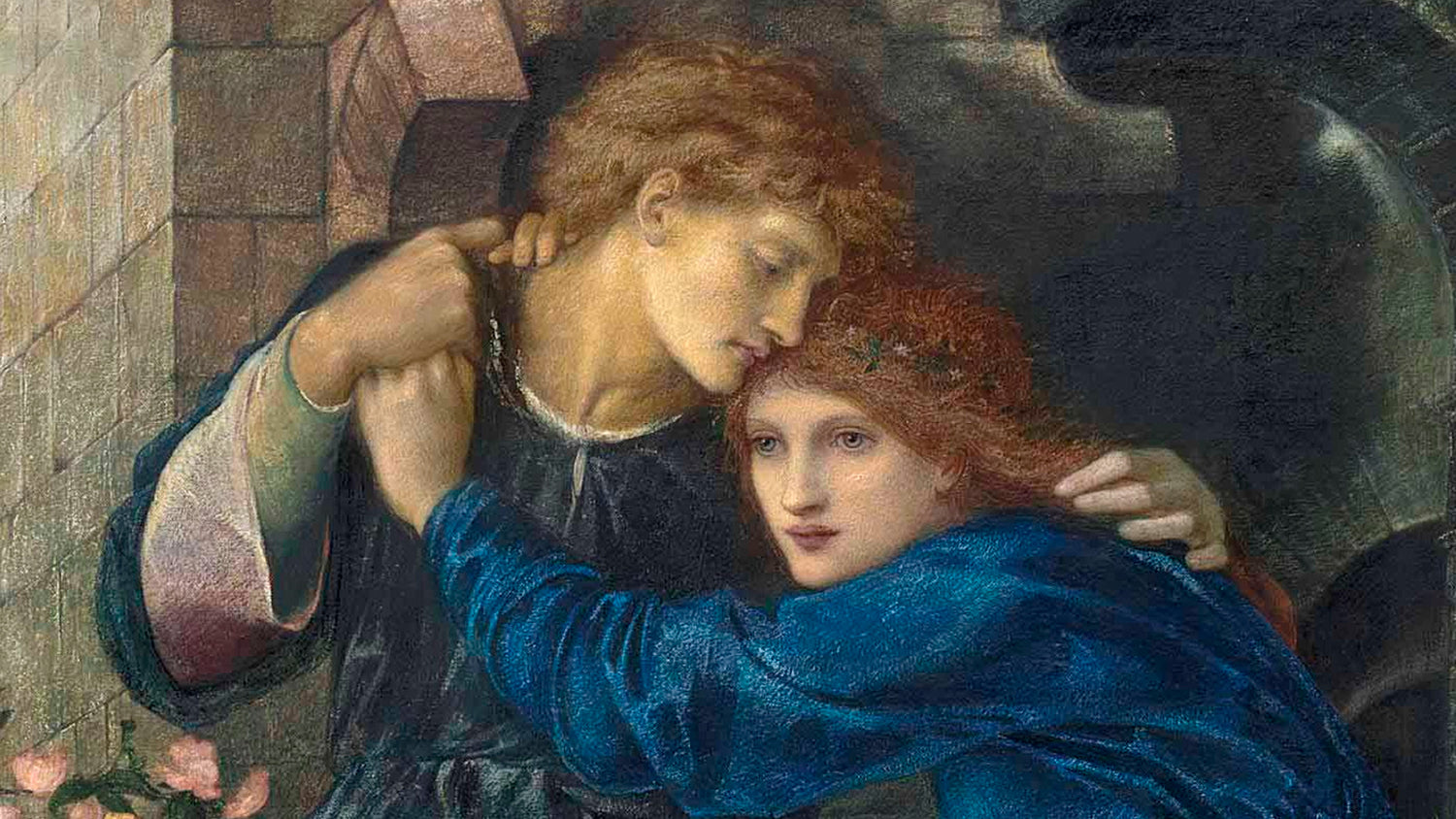
Edward Burne Jones
Edward Burne-Jones (1833-1898) was an English painter and designer associated with the...
-

Akseli Gallen Kallela
Akseli Gallen-Kallela (1865-1931) was a Finnish artist known for his unique blend...
-
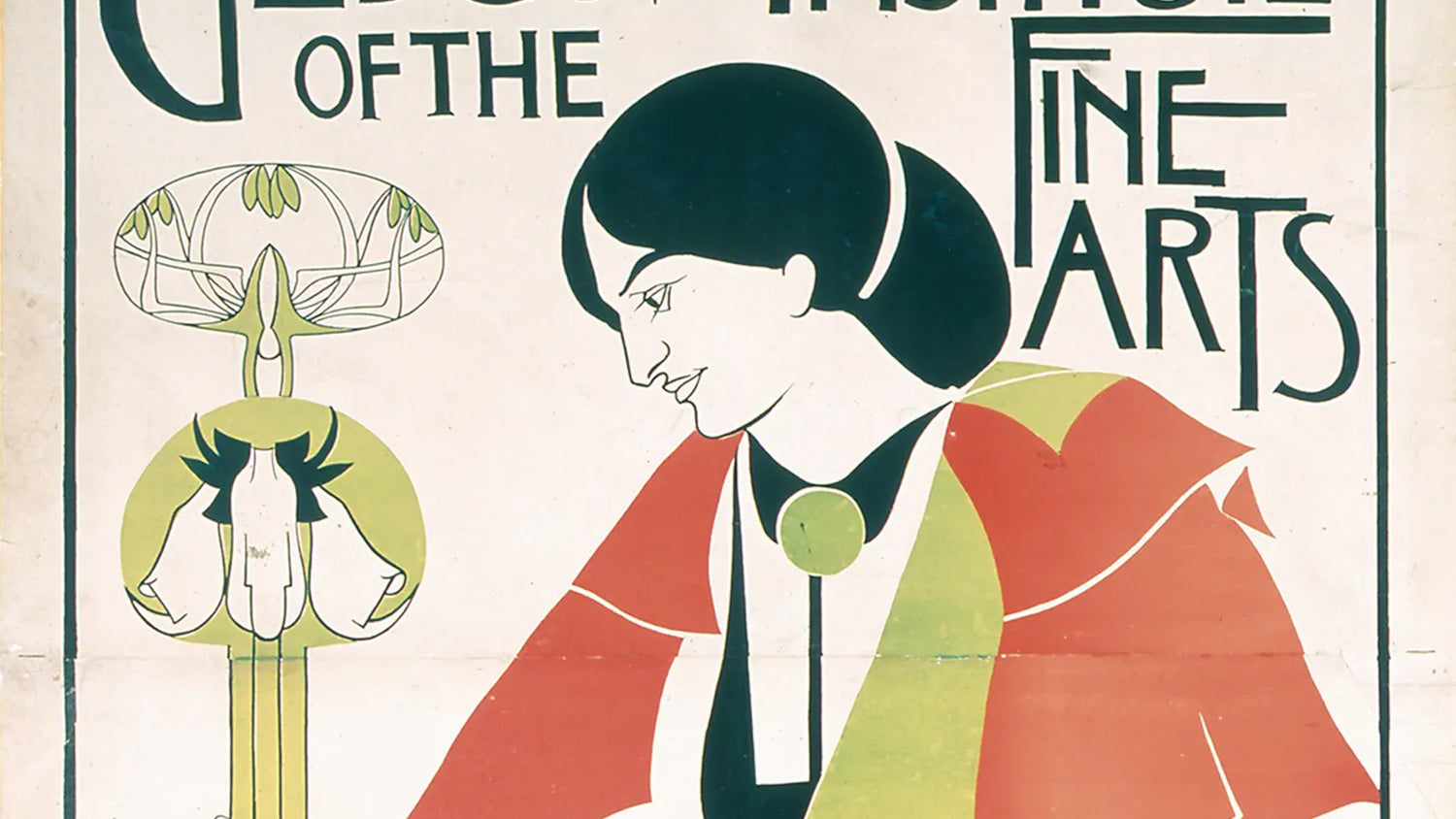
Charles Rennie Mackintosh
Charles Rennie Mackintosh (1868-1928) was a Scottish architect, designer, and artist who...
-
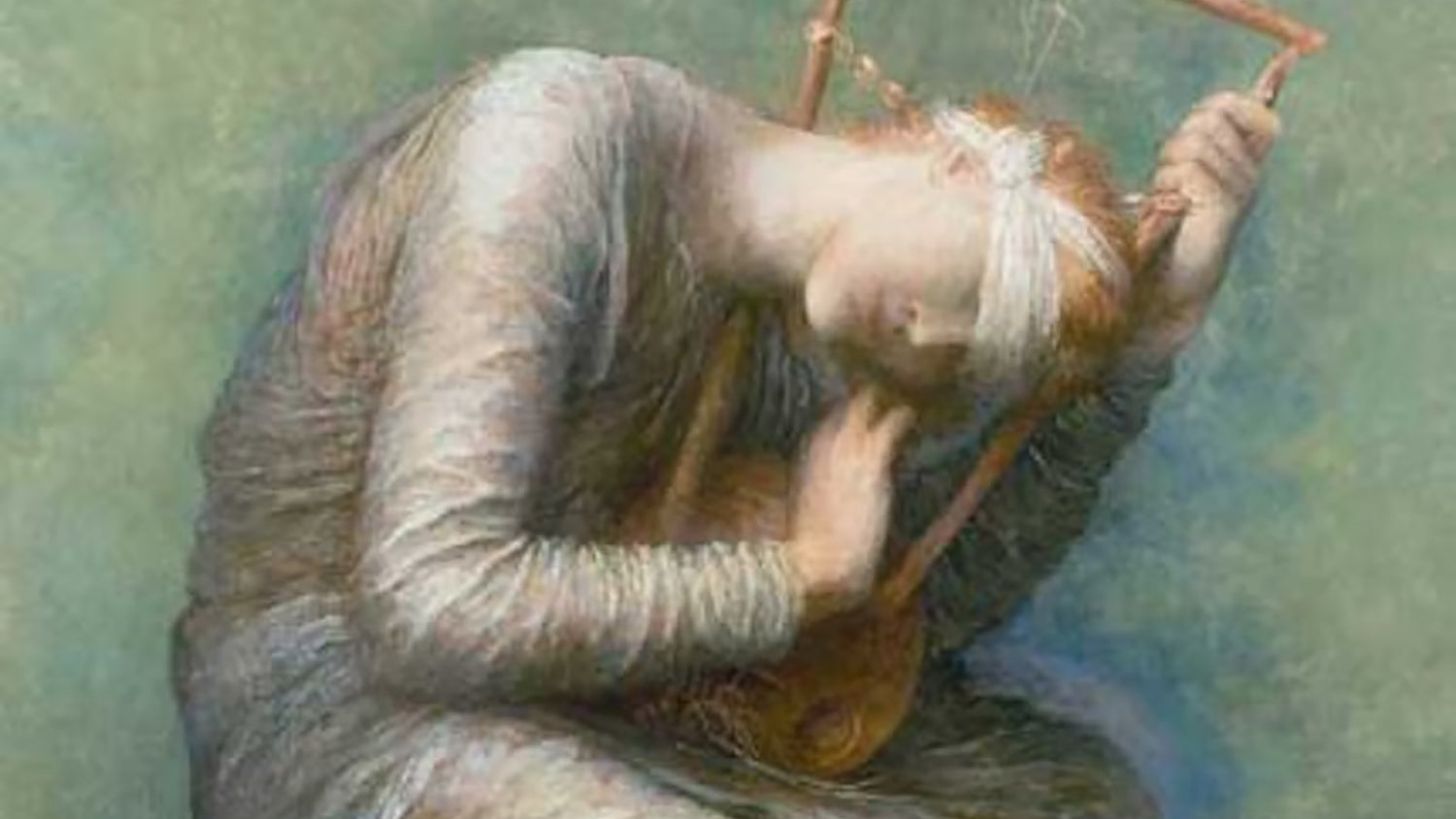
George Frederick Watts
George Frederick Watts (1817-1904) was an English painter and sculptor associated with...
-
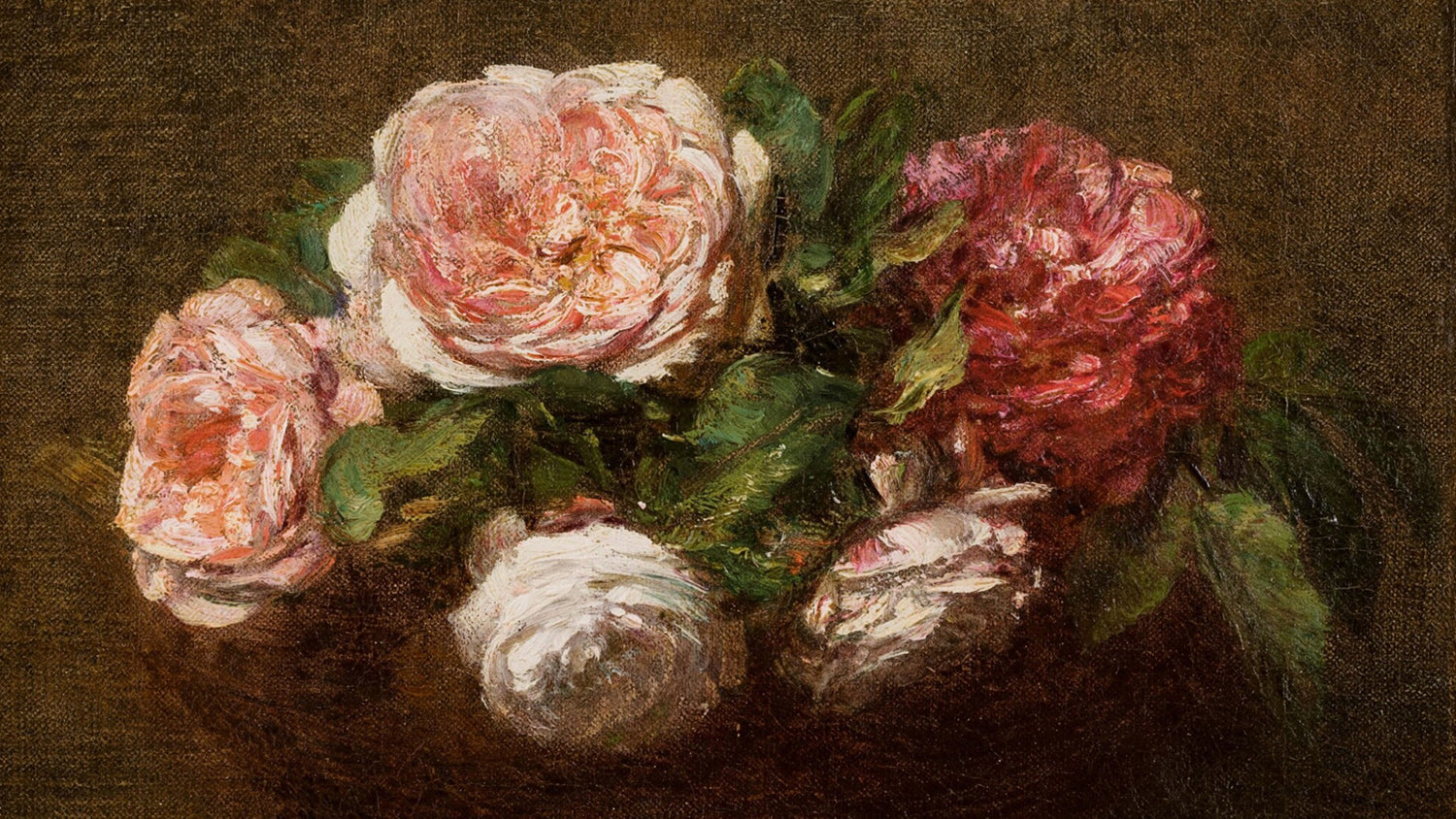
Henri Fantin Latour
Henri Fantin-Latour (1836-1904) was a French painter and lithographer known for his...
-
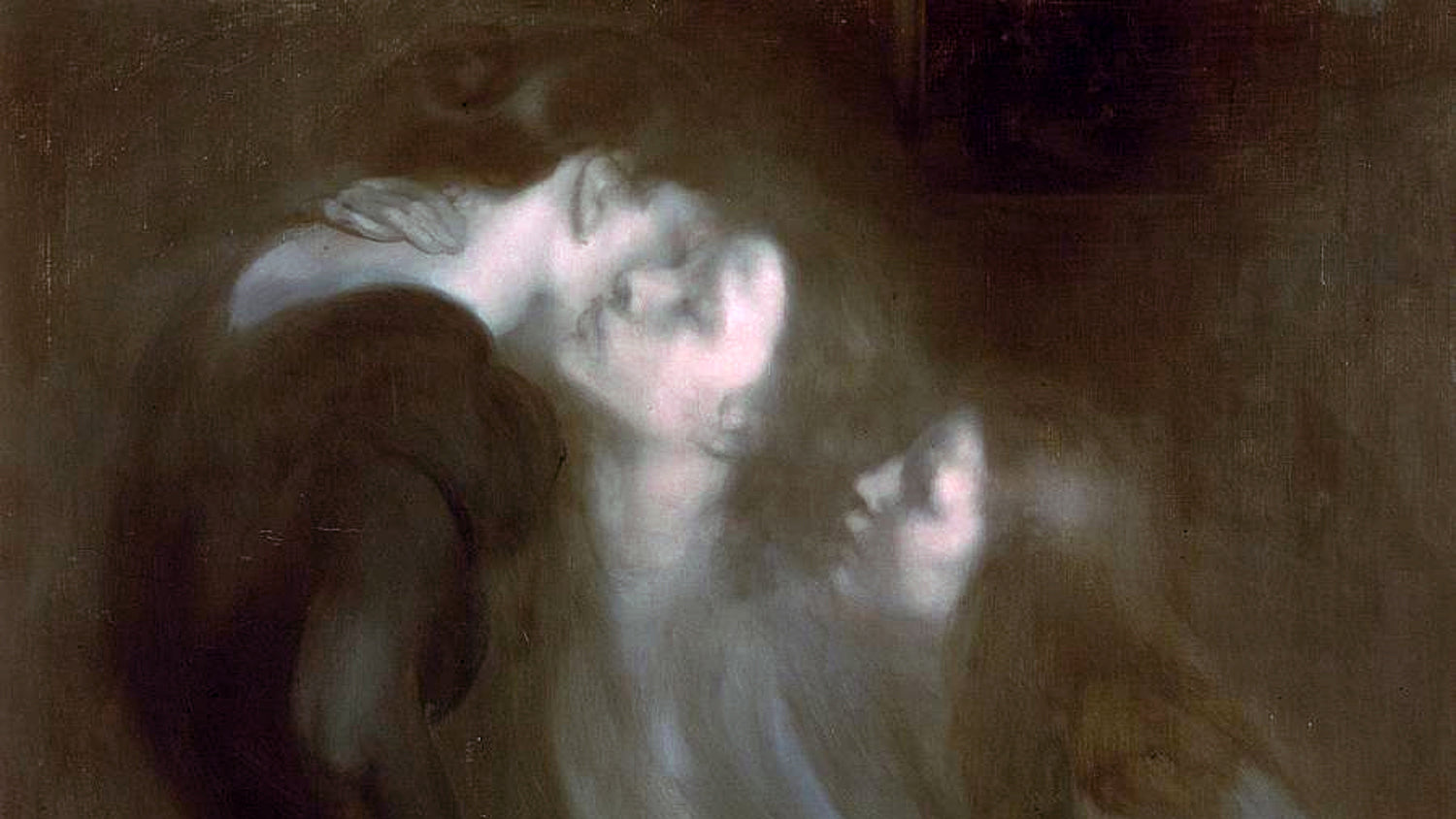
Eugene Carriere
Eugène Carrière (1849-1906) was a French Symbolist painter known for his subdued,...
-
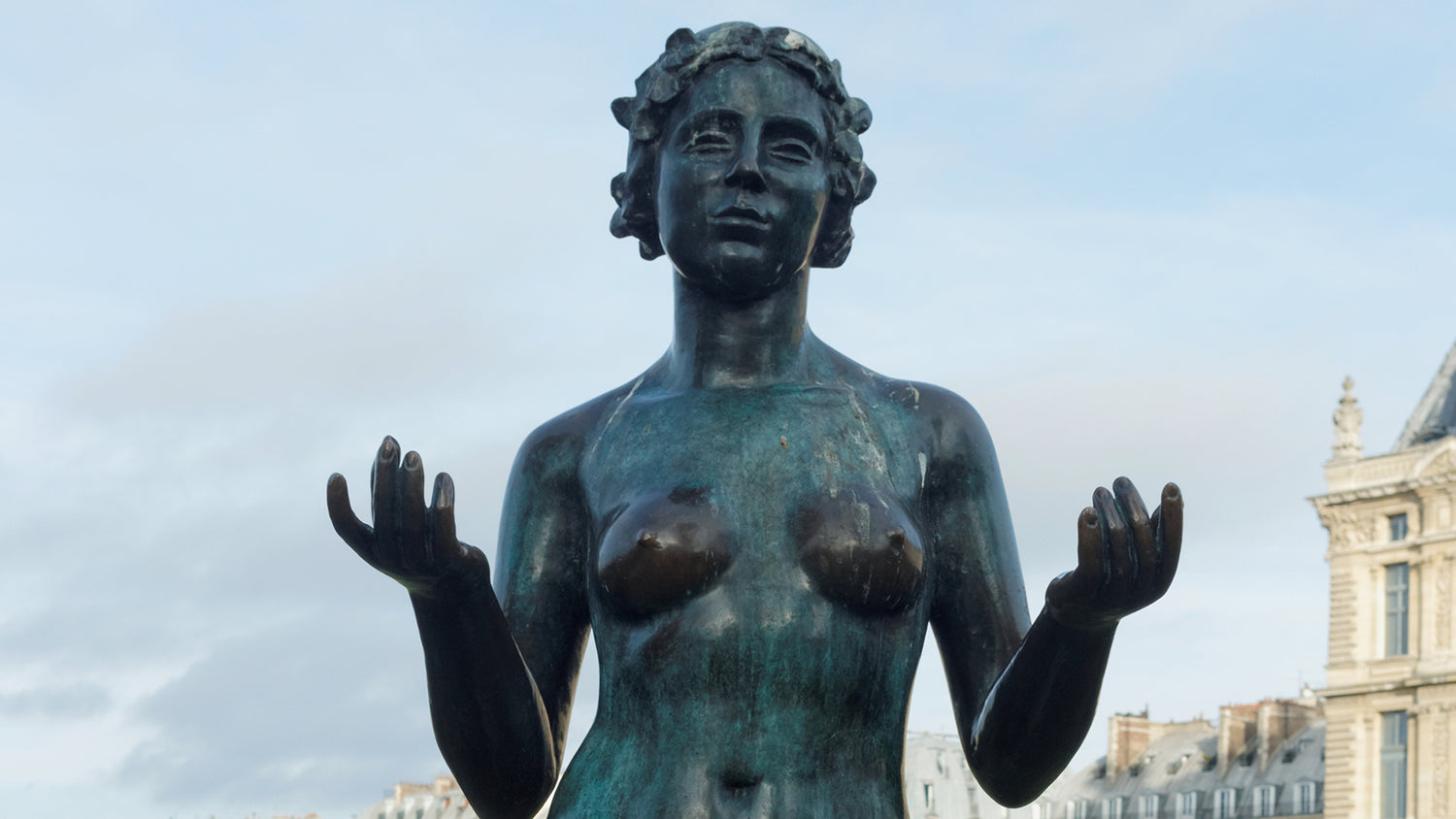
Aristide Maillol
Aristide Maillol (1861-1944) was a distinguished French artist renowned for his elegant...
-
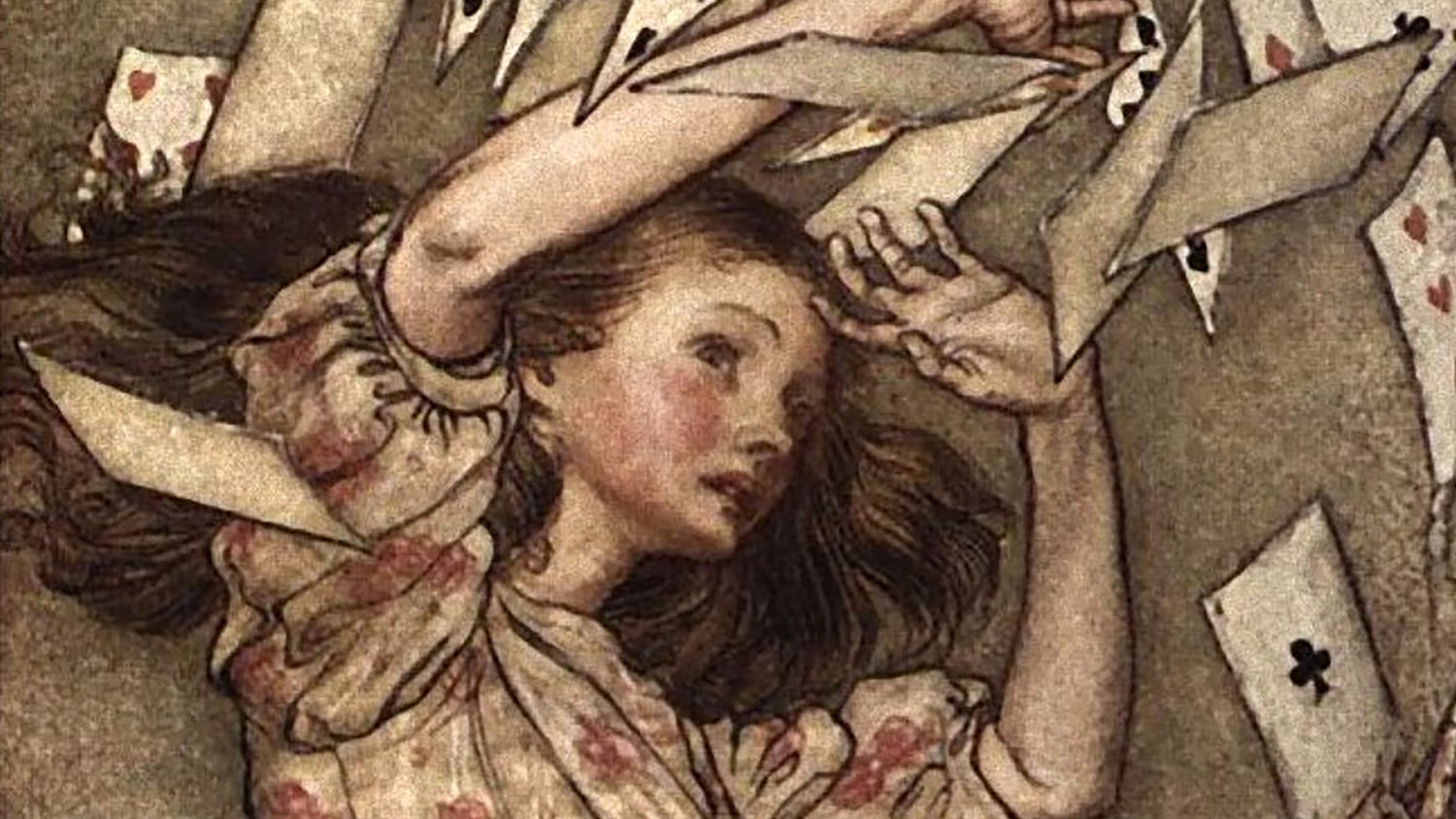
Arthur Rackham
Arthur Rackham (1867-1939) was a celebrated British illustrator and artist, renowned for...
-

Eugene Grasset
Eugene Grasset (1845-1917) was a Swiss decorative artist and graphic designer who...
-
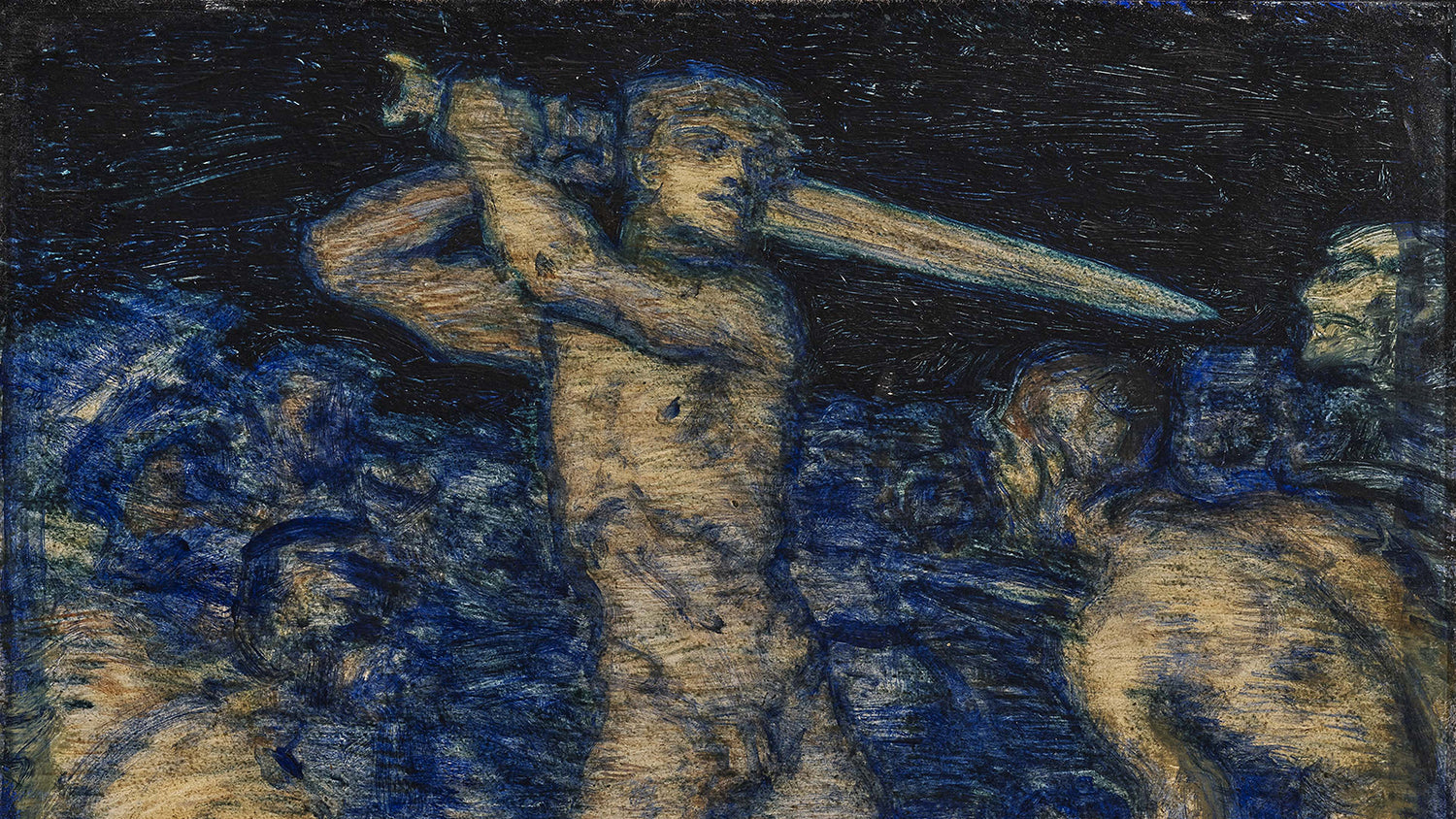
Franz Stuck
Franz Stuck (1863-1928) was a prominent German painter, sculptor, and graphic artist,...
-

Frederic Edwin Church
Frederic Edwin Church (1826-1900) was an American painter who was a prominent...
-
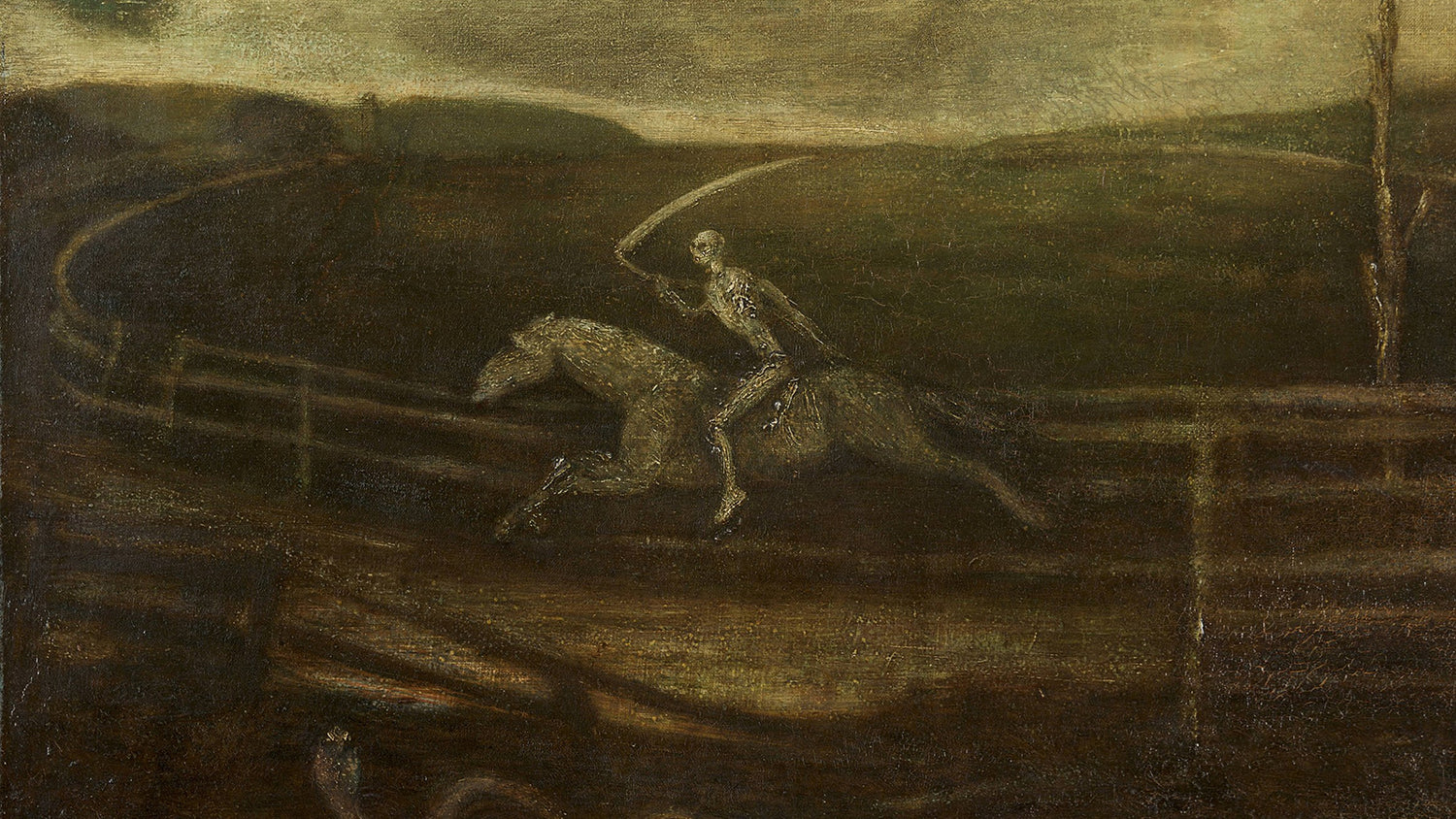
Albert Pinkham Ryder
Albert Pinkham Ryder (1847-1917) was an influential American painter known for his...
-

Henri Martin
Henri Martin (1860-1943) was a French painter who became a prominent figure...
-

John Singer Sargent
John Singer Sargent (1856-1925) was an American artist, known for his portraits...
-

John LaFarge
John LaFarge (1835-1910) was an American painter, stained glass window designer, and...
-
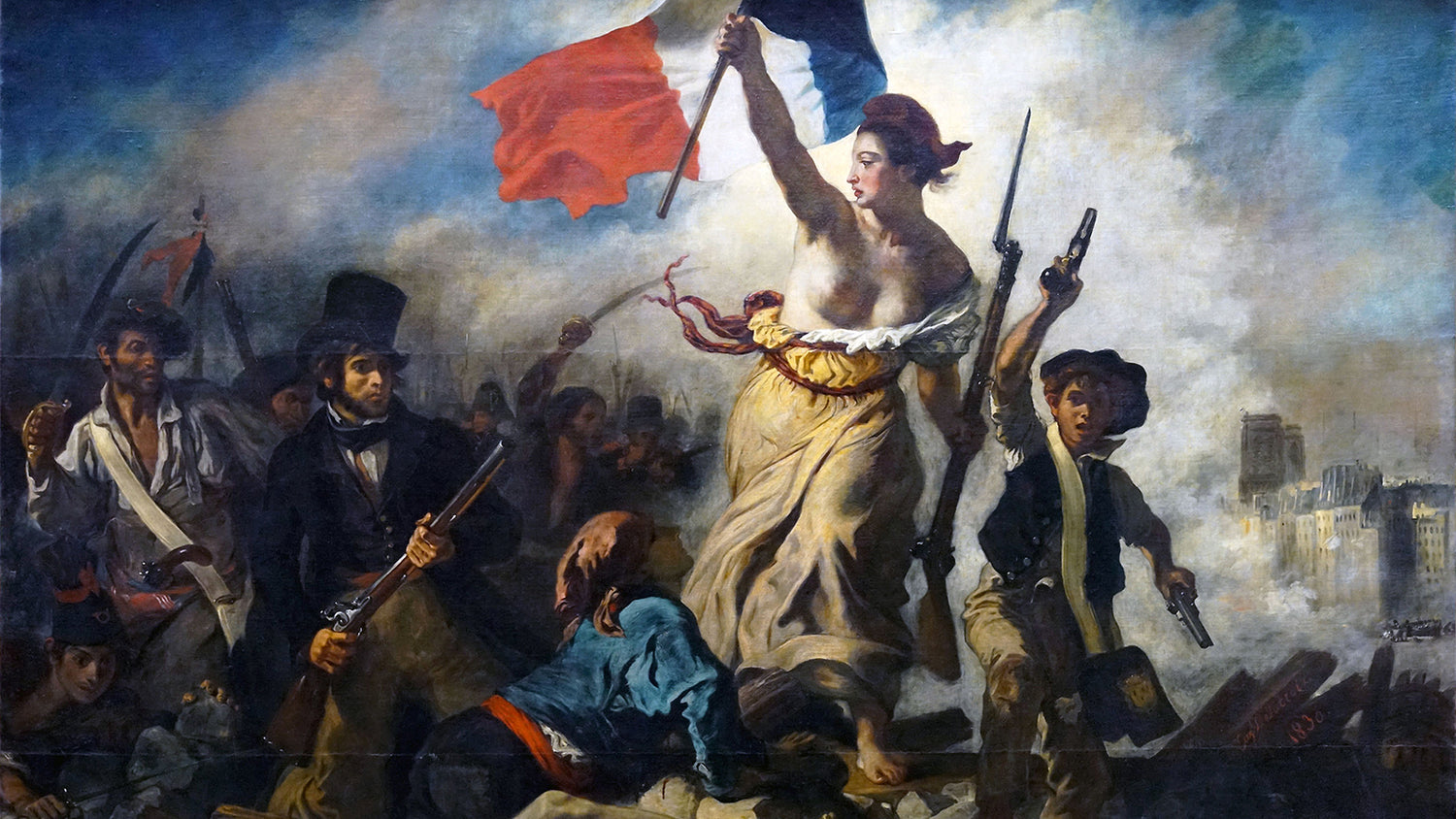
Eugene Delacroix
Eugene Delacroix (1798-1863) was a French Romantic painter known for his bold...
-
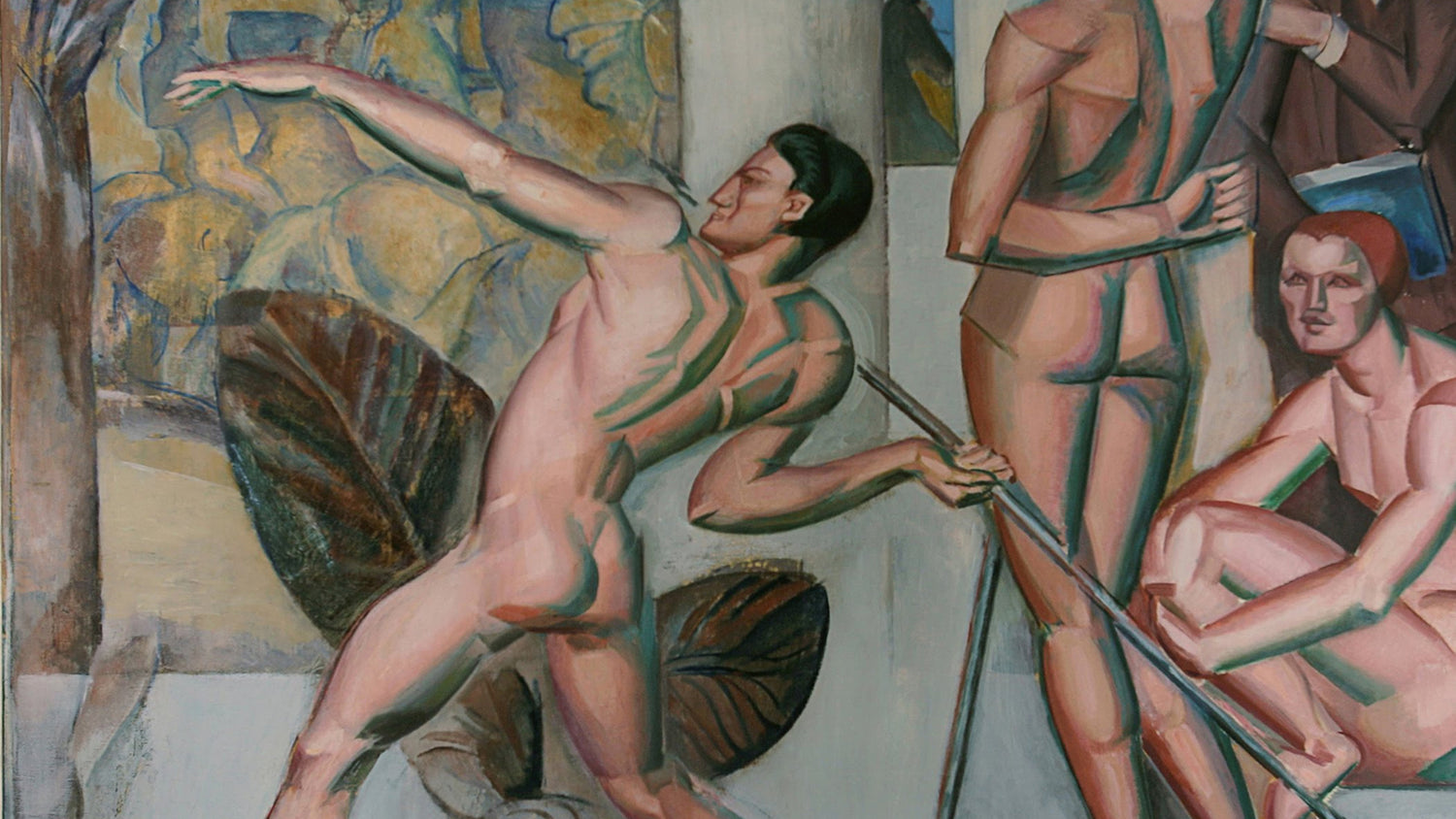
Georg Pauli
Georg Pauli (1855-1935) was a distinguished Swedish painter and writer, celebrated for...
-
The Treachery of Images (This Is Not a Pipe) 24x19 Black Modern Wood Framed Art Print Poster by Magritte, Rene
Vendor:Magritte, ReneRegular price $74.99 USDRegular priceUnit price per -

Adam and Eve Expelled from Paradise 24x19 Black Modern Wood Framed Art Print Poster by Chagall, Marc
Vendor:Chagall, MarcRegular price $74.99 USDRegular priceUnit price per -
Geopoliticus Child Watching the Birth of the New Man, c.1943 32x26 Black Modern Wood Framed Art Print Poster by Dali, Salvador
Vendor:Dali, SalvadorRegular price $149.99 USDRegular priceUnit price per -
Observatory-Time-The-Lovers 24x14 Black Modern Wood Framed Art Print Poster by Man Ray
Vendor:Man RayRegular price $74.99 USDRegular priceUnit price per -
The Angel of Port Lligat 24x20 Black Modern Wood Framed Art Print Poster by Dali, Salvador
Vendor:Dali, SalvadorRegular price $74.99 USDRegular priceUnit price per -
America Windows 24x14 Black Modern Wood Framed Art Print Poster by Chagall, Marc
Vendor:Chagall, MarcRegular price $74.99 USDRegular priceUnit price per -
Musical Tempest 26x21 Black Modern Wood Framed Art Print Poster by Dali, Salvador
Vendor:Dali, SalvadorRegular price $149.99 USDRegular priceUnit price per -
Pierrot Playing the Guitar 20x24 Black Modern Wood Framed Art Print Poster by Dali, Salvador
Vendor:Dali, SalvadorRegular price $74.99 USDRegular priceUnit price per -
The Elephants 22x20 Black Modern Wood Framed Art Print Poster by Dali, Salvador
Vendor:Dali, SalvadorRegular price $74.99 USDRegular priceUnit price per -
A Couple with Their Heads Full of Clouds 24x20 Black Modern Wood Framed Art Print Poster by Dali, Salvador
Vendor:Dali, SalvadorRegular price $74.99 USDRegular priceUnit price per -
Enigma 20x24 Black Modern Wood Framed Art Print Poster by Vieira da Silva, Maria Helena
Vendor:Vieira da Silva, Maria HelenaRegular price $74.99 USDRegular priceUnit price per -
Man in a Bowler Hat 20x24 Black Modern Wood Framed Art Print Poster by Magritte, Rene
Vendor:Magritte, ReneRegular price $74.99 USDRegular priceUnit price per -
The Basket of Bread 20x20 Black Modern Wood Framed Art Print Poster by Dali, Salvador
Vendor:Dali, SalvadorRegular price $74.99 USDRegular priceUnit price per -
The 5Th Day Of The Creation 20x24 Black Modern Wood Framed Art Print Poster by Escher, M.C.
Vendor:Escher, M.C.Regular price $74.99 USDRegular priceUnit price per -
The 4Th Day Of The Creation 20x24 Black Modern Wood Framed Art Print Poster by Escher, M.C.
Vendor:Escher, M.C.Regular price $74.99 USDRegular priceUnit price per -
The 2Nd Day Of The Creation 20x24 Black Modern Wood Framed Art Print Poster by Escher, M.C.
Vendor:Escher, M.C.Regular price $74.99 USDRegular priceUnit price per -
The 3Rd Day Of The Creation 20x24 Black Modern Wood Framed Art Print Poster by Escher, M.C.
Vendor:Escher, M.C.Regular price $74.99 USDRegular priceUnit price per -
Llaner Beach in Cadaques 24x19 Black Modern Wood Framed Art Print Poster by Dali, Salvador
Vendor:Dali, SalvadorRegular price $74.99 USDRegular priceUnit price per -
Dream Caused by the Flight of a Bee Around a Pomegranate. One Second Before Awakening 20x23 Black Modern Wood Framed Art Print Poster by Dali, Salvador
Vendor:Dali, SalvadorRegular price $74.99 USDRegular priceUnit price per -
The False Mirror 24x20 Black Modern Wood Framed Art Print Poster by Magritte, Rene
Vendor:Magritte, ReneRegular price $74.99 USDRegular priceUnit price per -
The Lovers 24x20 Black Modern Wood Framed Art Print Poster by Magritte, Rene
Vendor:Magritte, ReneRegular price $74.99 USDRegular priceUnit price per -
The Empire of Lights 19x24 Black Modern Wood Framed Art Print Poster by Magritte, Rene
Vendor:Magritte, ReneRegular price $74.99 USDRegular priceUnit price per -
Not to Be Reproduced 20x23 Black Modern Wood Framed Art Print Poster by Magritte, Rene
Vendor:Magritte, ReneRegular price $74.99 USDRegular priceUnit price per -
Glass Tears 23x20 Black Modern Wood Framed Art Print Poster by Man Ray
Vendor:Man RayRegular price $74.99 USDRegular priceUnit price per


















